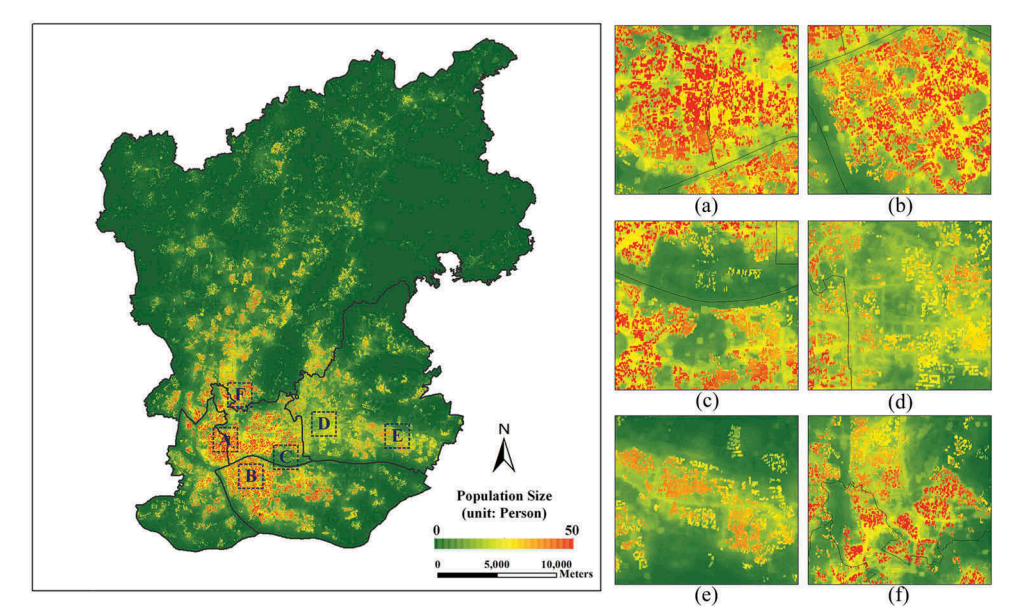Full Title:Mapping fine-scale population distributions at the building level by integrating multisource geospatial big data
Abstract
Fine-scale population distribution data at the building level play an essential role in numerous fields, for example urban planning and disaster prevention. The rapid technological development of remote sensing (RS) and geographical information system (GIS) in recent decades has benefited numerous population distribution mapping studies. However, most of these studies focused on global population and environmental changes; few considered fine-scale population mapping at the local scale, largely because of a lack of reliable data and models. As geospatial big data booms, Internet-collected volunteered geographic information (VGI) can now be used to solve this problem. This article establishes a novel framework to map urban population distributions at the building scale by integrating multisource geospatial big data, which is essential for the fine-scale mapping of population distributions. First, Baidu points-of-interest (POIs) and real-time Tencent user densities (RTUD) are analyzed by using a random forest algorithm to down-scale the street-level population distribution to the grid level. Then, we design an effective iterative building-population gravity model to map population distributions at the building level. Meanwhile, we introduce a densely inhabited index (DII), generated by the proposed gravity model, which can be used to estimate the degree of residential crowding. According to a comparison with official community-level census data and the results of previous population mapping methods, our method exhibits the best accuracy (Pearson R = .8615, RMSE = 663.3250, p < .0001). The produced fine-scale population map can offer a more thorough understanding of inner city population distributions, which can thus help policy makers optimize the allocation of resources.

Q.E.D.









